Gear Up: Essential Equipment for Triathlon Success
Triathlons are a remarkable test of endurance, speed, and versatility, combining swimming, cycling, and running into one exhilarating race. To traverse these three disciplines successfully, participants must equip themselves with the proper gear. This article explores essential equipment for triathlon success, breaking it down by each segment and detailing important considerations for choosing the right gear.
Understanding the Triathlon
Before diving into specific gear, it’s essential to understand the triathlon’s structure. The standard race distances can vary, but the most recognized formats are:
- Sprint Triathlon: 750m swim, 20km bike, 5km run
- Olympic Triathlon: 1.5km swim, 40km bike, 10km run
- Half Ironman (70.3): 1.9km swim, 90km bike, 21.1km run
- Ironman: 3.8km swim, 180km bike, 42.2km run
With these variations in mind, different equipment choices can significantly influence performance.
Essential Gear for Swimming
The swim leg of a triathlon can be daunting for many athletes, particularly when transitioning from pool swimming to open-water racing. The following gear is essential:
Wetsuit
A wetsuit is crucial for most triathlons. Not only does it provide buoyancy, allowing athletes to swim more efficiently, but it also insulates the body against cold temperatures. When selecting a wetsuit, consider:
- Fit: The suit should be snug without being restrictive.
- Material: Look for high-quality neoprene that offers flexibility and warmth.
- Thickness: The thickness of the suit may vary; warmer races usually allow thinner wetsuits.
Swim Goggles
Swimming goggles are important for clear vision and comfort in the water. Key features to consider include:
- Lens Type: Choose between tinted, clear, or mirrored lenses based on the swim conditions.
- Fit: Goggles should create a good seal around the eyes without causing discomfort.
- Strap Comfort: Adjustable straps enhance fit and prevent slipping.
Swim Cap
Most triathlons require a swim cap, often provided by the event organizers. A well-fitting cap keeps hair out of the face and aids in temperature regulation.
Essential Gear for Cycling
Cycling is often where athletes can gain significant time and momentum. Here are essentials for this leg:
Triathlon Bike
Investing in a dedicated triathlon bike can optimize performance through improved aerodynamics and comfort. When choosing a bike, consider:
- Frame Geometry: Triathlon bikes have a steeper angle for a more aggressive riding position.
- Components: Look for high-quality gearing and braking systems that ensure reliability.
- Aerodynamics: Aerobars allow for a lower position, reducing wind resistance.
Helmet
A helmet is non-negotiable for safety and aerodynamics. Features to look for include:
- Aerodynamic Design: A streamlined shape can reduce drag.
- Ventilation: Ensure adequate airflow to avoid overheating.
- Fit: The helmet should fit securely without shifting during riding.
Cycling Shoes and Pedals
Proper shoes and pedals enhance power transfer from the legs to the bike. Consider:
- Clipless Pedals: These allow for a more efficient pedal stroke and better bike control.
- Cycling Shoes: Look for shoes that offer a snug fit and optimal stiffness.
Essential Gear for Running
The final leg of the triathlon requires fast transitions and enduring stamina. Essential running gear includes:
Running Shoes
Choosing the right running shoes can greatly improve performance and comfort during the race. Important factors include:
- Cushioning: Select shoes based on your running style and surface preference.
- Fit: Ensure the shoe provides ample room for toes and a secure heel.
- Weight: Lighter shoes can aid speed but should still provide support.
Running Apparel
Comfortable, moisture-wicking clothing is vital for the running leg. Key considerations include:
- Fabric: Look for breathable, quick-drying materials.
- Fit: Items should allow for full range of motion and minimize chafing.
Transition Gear
Transitions can make or break your race time. Having the right gear and organization is crucial.
Transition Bag
A transition bag should keep all your gear portable and organized. Look for features like:
- Multiple Compartments: Allows for easy organization.
- Waterproof Sections: Essential for wet gear post-swim.
Race Belt
A race belt can hold your bib number easily and securely without needing safety pins.
Additional Equipment Considerations
Besides the fundamental gear, additional items can enhance performance and comfort.
GPS Watch
A GPS watch can track pace, distance, and heart rate during the race and training, providing data for performance improvement.
Nutrition and Hydration
Proper nutrition and hydration gear, including energy gels and hydration packs, are essential for maintaining energy levels throughout the race.
Spare Parts and Tools
Being prepared for mechanical failures can save time during the cycling leg. Include a spare tube, tire levers, and a portable pump in your transition bag.
Training with Your Gear
Selecting the right equipment is only half the battle. Training with your gear is equally important to become accustomed to its feel and fit.
Swim Practice
Incorporate open-water swim practices into your training. Use your wetsuit and goggles regularly to ensure comfort and effectiveness.
Bike Familiarization
Spend substantial time on your triathlon bike. Practice transitions from biking to running to better simulate race conditions.
Running Drills
Run in the shoes and clothing you plan to wear during the race. Incorporate speed drills and long runs to build endurance.
Race Day Preparation
On race day, being organized and mentally prepared can help you utilize your gear effectively.
- Pre-Race Checklist: Have a checklist to ensure you have all your equipment laid out the night before.
- Set Up Transition Space: Arrive early, knowing exactly where your gear will be and how to locate it quickly.
- Practice Transitions: Familiarize yourself with your transition routines to reduce time spent between segments.
Conclusion
A triathlon is a multifaceted endurance challenge that requires not only physical conditioning but also smart equipment choices. By investing in the right gear for swimming, cycling, and running, triathletes can significantly enhance their performance and overall experience.
Always test and train with your equipment well before race day. Understanding your personal preferences in gear can make a substantial difference in your race results and enjoyment of the triathlon experience. Whether you’re a beginner or an experienced athlete, the right equipment can set you up for success long before the race begins.
References
- Chicharito, T. (2022). Triathlon Gear Essentials: Finding the Right Fit for You. Triathlete Magazine.
- Hartwig, J. (2023). The Equipment of Champions: How Gear Impacts Triathlon Performance. Endurance Sports Network.
- Lethaby, C. (2021). Swift Transitions: Optimizing Your Triathlon Gear. Sports Science Review.
- Miller, R. (2020). Finishing Strong: The Importance of Running Shoes in Triathlon. Running Times.
Feel free to reach out for deeper insights into specific equipment or personal recommendations tailored to your unique triathlon goals!















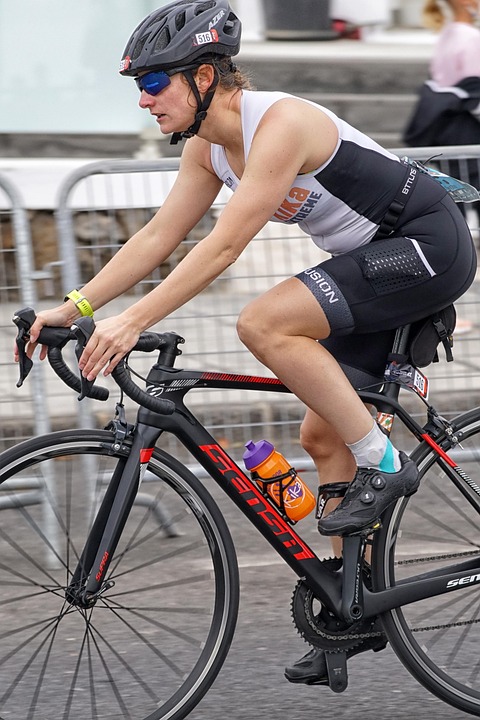

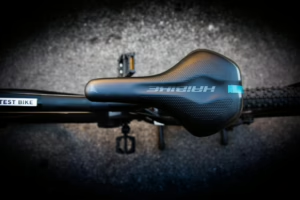
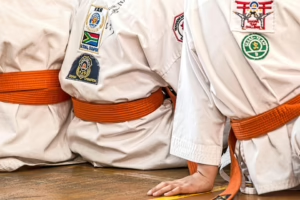
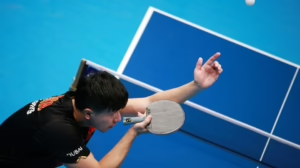

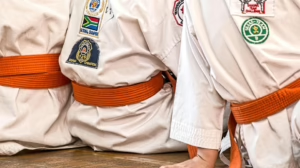




Add Comment